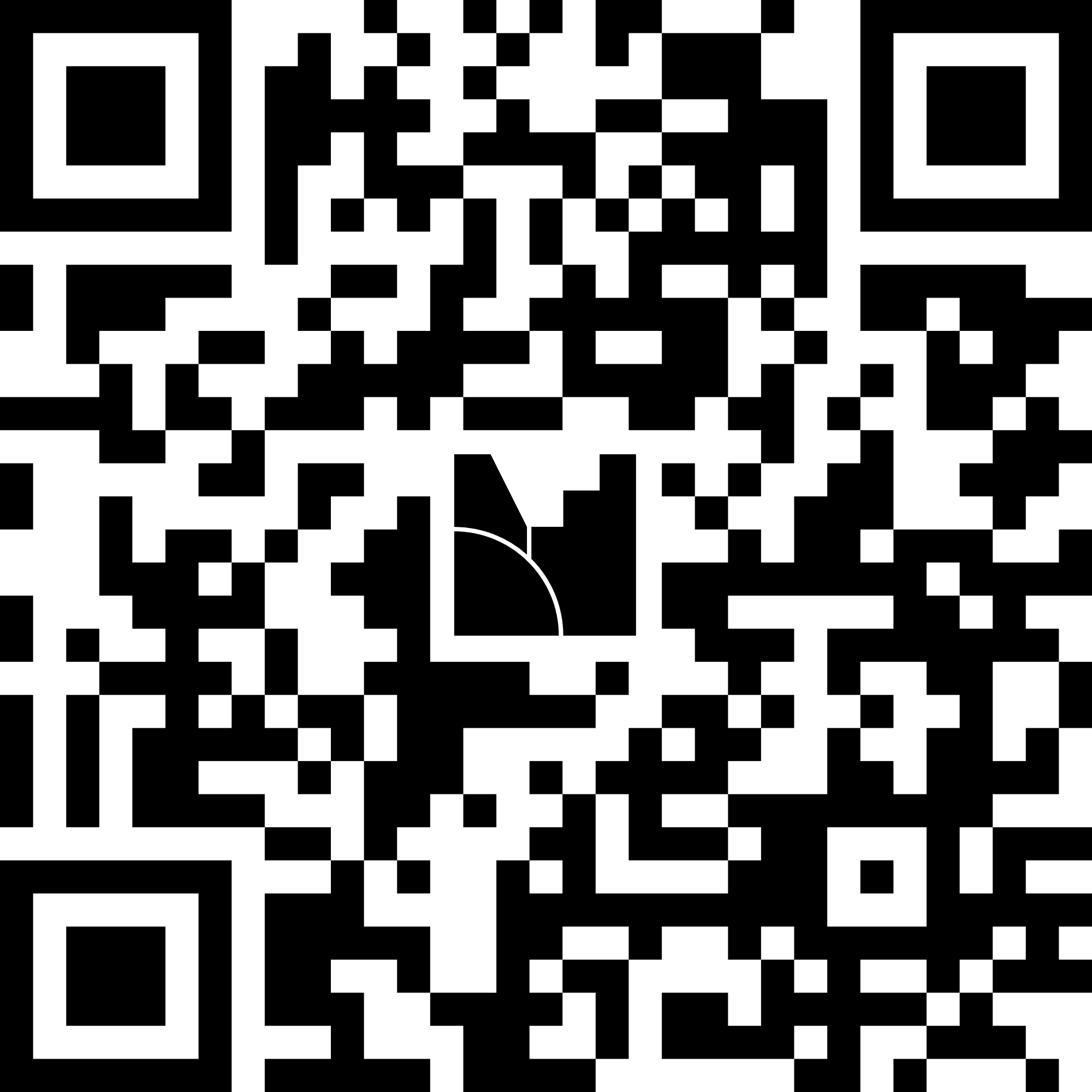💭 Reflect and Connect 💭
Gender Inclusion for Everyone
Gender-based challenges and joy don’t exist in isolation—they’re experiences many of us share, whether we’re trans, non-binary, or cisgender. The three poll questions below invite you to reflect on moments like how you first knew your gender, how you navigate societal expectations, and times you may have held back sharing sensitive information with leaders. These reflections often reveal common threads in our experiences and remind us that creating more inclusive spaces benefits everyone.
Ready to participate? Scan the QR codes or click on the links to participate in the five Mentimeter poll questions. These represent a small sample of the thought-provoking conversations we explore in our education sessions. You can also submit anonymous questions that we’ll answer in the next section on this page.
Question 1: What is your earliest memory of knowing your gender identity? [check all that apply]
Click on this link to access this poll.
Question 2 - NEW: When have you felt gender joy? Share a moment that made you feel affirmed in your gender.
Click on this link to access this poll.
Question 3: Do you fit gender expectations? If not, how do you handle this?
Click on this link to access this poll.
Question 4: Why have you held back sharing important info about yourself with leaders?
Click on this link to access this poll.
Question 5: What’s a special moment when you supported a trans or non-binary person?
Click on this link to access this poll.
Real Questions. Honest Answers.
Here are thoughtful answers to the most common and important questions you've shared anonymously through our Mentimeter polls—because good questions deserve clear, respectful answers.
-
According to the 2021 Census, 1 in 300 people in Canada are transgender or non-binary—that’s over 100,000 people. The actual number may be higher, as not everyone feels safe or ready to share this information.
-
Short answer is you can’t. In fact, in a survey of 27,000 trans people, 69% said that others did not know they are trans. So, the only way to know is if someone tells us (if they want to). We also do not need to know if someone is trans to be able to treat them with respect. It’s better to focus on getting someone’s first name and pronouns right (rather than their gender identity).
-
Pronouns are the words we use to refer to someone in place of their name (like she, he, or they). Instead of guessing, simply ask: “What pronouns do you use?” or offer yours first, which often encourages others to share theirs too. If you’re short on time, you can use “they/them” for anyone you don’t know.
-
Mistakes happen, and that’s okay. If you use the wrong name or pronoun, simply give a quick apology, correct yourself, and continue. Most people understand and appreciate your effort to get it right.





